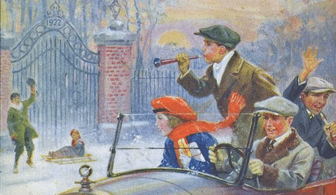Happy 2022, everyone! I wish I had some memorable words of wisdom to share as we head into another uncertain year. But I don’t, so let’s look at some magazine covers, okay?

As always, the year starts out with a J.C. Leyendecker New Year’s baby at the Saturday Evening Post. I had a bit of trouble with the semiotics of this one. I knew that the dove with an olive branch in its mouth represented peace, of course, and I knew that salting a bird’s tail symbolized something, but I forgot what. All I could think of was that the baby wanted to eat the dove of peace, but that didn’t make much sense.
Fortuitously, Googling “salting bird’s tail” took me to a Wikipedia article that features this very illustration and explains that sprinkling salt on a bird’s tail is supposed to render the bird temporarily unable to fly, ergo the baby is trying to prevent the dove of peace from flying away.
This was Leyendecker’s 17th New Year’s baby, the middle of his 36-year run, and a lot of other magazines had gotten onto the baby (or sometimes young child) bandwagon. There was a mechanic baby at Collier’s,
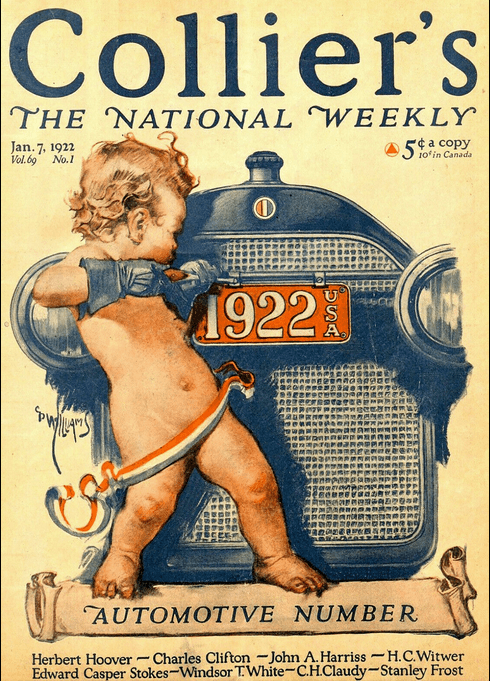
a cowboy tyke at Sunset,
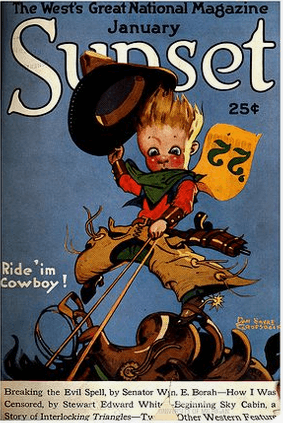
a toddler cutting off his or her golden locks at Woman’s Home Companion,

and, boringly, a just plain baby at Good Housekeeping.

Even high-art Vogue is getting into the spirit.

St. Nicholas rings in 1922 with a carload of revelers, which is irrelevant to the whole baby theme but I had to shoehorn it in so I could crop this cover for the featured image up top.

Now let’s turn back to 1921/2021 one last time to look at the top ten posts of the year.*
Or, more accurately, the ten posts. This year, everyone gets a participation trophy. As was the case last year, longevity was rewarded, with the posts’ number of views roughly in order of when they were published.
#10. Summer 1921 Magazine Covers, Viewed Longingly from Wintery Cape Town.
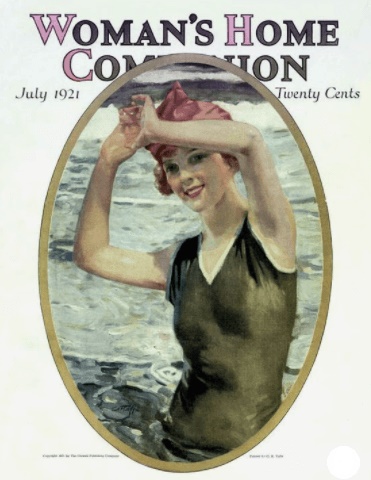
This underachieving post from August bucked the “last published, lowest ranked” trend. It has lots of amazing artwork, though.
#9. Children’s Books: Your 1921 Holiday Shopping Guide.
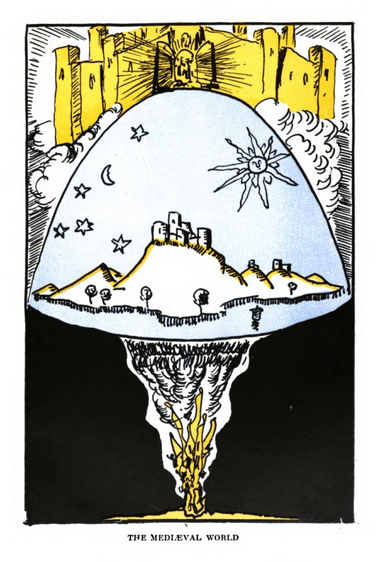
In which I read children’s books from 1921 so you don’t have to. Not that I imagine you were under much pressure. I did find some good ones, though, and one gem: Unsung Heroes by Elizabeth Ross Haynes, a series of biographic sketches of notable people of African descent.
#8. Giving Thanks for the Friends I’ve Met Along the Way.

For my Thanksgiving post during the first year of this project, I wrote about ten people from 1918 I’m thankful for. In 2019, I wrote about ten illustrators. In 2020, three women illustrators. Having painted myself into a corner with these increasingly narrow categories, I struck out into a new direction last year and gave thanks for real-life (well, virtual real-life) people I’ve met as a result of this project.
#7. 10 books, articles, and PhDs about the world of 100 years ago that are just sitting there.

In my four years of trawling through the world of 100 years ago, I’ve unearthed a lot of potential projects that (as far as I knew) no one had tackled. I asked people to let me know if they were working on any of them, and was excited to hear from someone who has an extensive collection of Erté Harper’s Bazar covers (Project #1).
#6. Magazine Ads of 1921: Thumbs Up, Thumbs Down, and Meh.
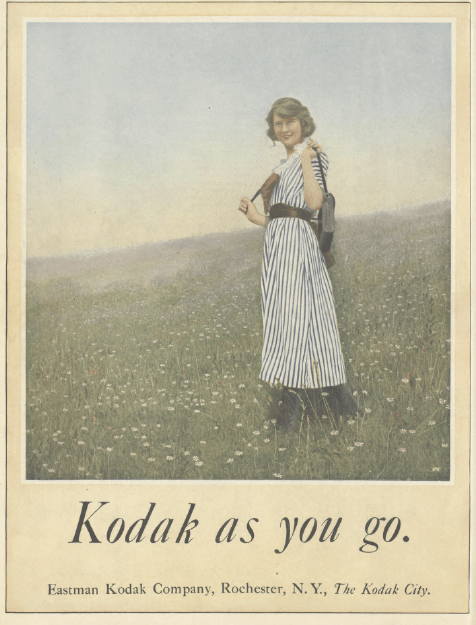
I test-drove the ads in the June 1921 issue of the Ladies’ Home Journal and found, along with some beautiful artistry, a passive-aggressive dish-breaking husband, a canned-meat picnic, and some vile Italian food.
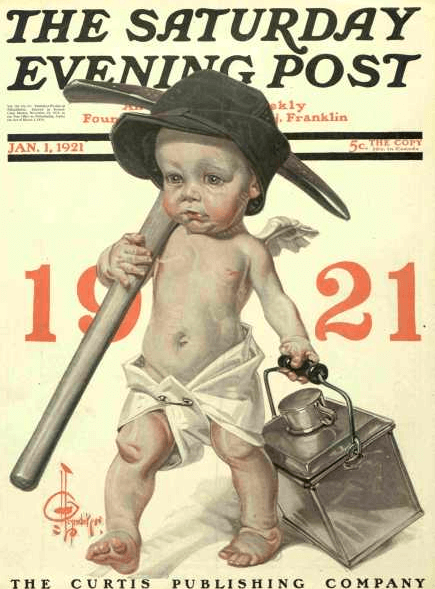
Last year’s champ: Magazine Ads Take Baby Steps Into the 1920s.
#4. I Read a Random 1920 Book.

This post, in which I read Elements of Retail Salesmanship by Professor Paul Wesley Ivey, picked at random from the 1920 edition of Book Review Digest, was one of my favorites of the year. I even ended up making a (kind of lame) pilgrimage to Professor Ivey’s place of employment, the University of Nebraska. This was so much fun that I decided to make it an annual tradition. I’ve picked my random book for 1921 but haven’t read it yet.
#3. The Brownies’ Book: A pioneering magazine for African-American children.
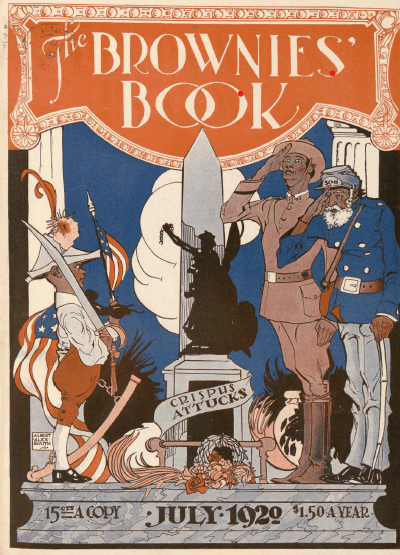
I don’t think I love anything from a hundred years ago as much as I love The Brownies’ Book, the NAACP’s magazine for African-American children. You know how people want to go back in time so they can buy Apple stock? I want to go back in time and give W.E.B. Du Bois a bunch of money so that The Brownies’ Book can last more than two years (1920-1921).
#2. The Brief, Brilliant Career of Rita Senger.

Nothing in this project has meant more to me than this post, in which I set out to find out what happened to the promising young illustrator Rita Senger and ended up interviewing her granddaughter. I’m thrilled that it reached so many readers.
#1. The Best and Worst Magazine Ads of January 1921.
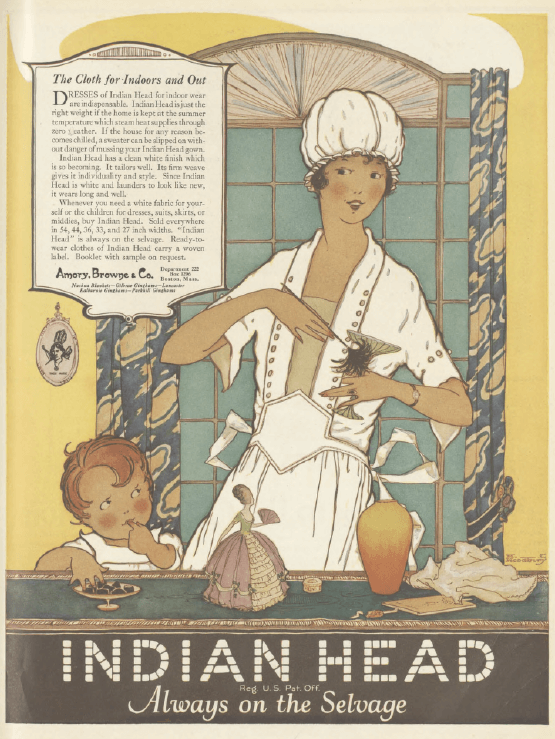
For the second year running, a post about magazine ads tops the list. Note to self: do more posts about magazine ads.
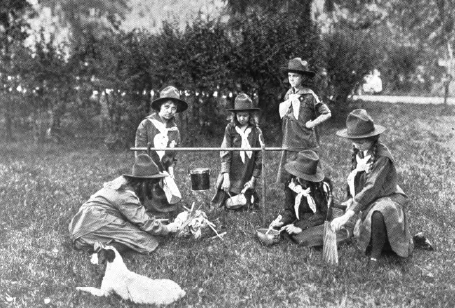
It tops the list of this year’s posts, anyway. As was the case last year, the top-ranking of all my posts this year was 1919’s My Quest to Earn a 1919 Girl Scout Badge. While this post had more than twice as many views last year as the top 2020 post, it edged out the top 1921 post by only four views. The third most-viewed post this year was The Uncrowned King of Bohemia: The fascinating story of a not-so-great poet, a 2018 post about the poet George Sterling. At the other viewership extreme were a few posts that only got one view, including Exploring Provo—And Mormon History, which tied the record for daily views on the day it was published. Come to think of it, Provo may have been the last new place I explored before the world came to a halt.

My book list for this year is extremely feeble, only two books. For this I blame my 1920s best-seller discussion group. We’ve read a book a month over the past year, and I’ve kept up,** but most of them are from after 1921 so they don’t count. (Actually one of them was from the 1910s, but I haven’t written it up yet. (UPDATE 1/13/2022: Done!))

In 2018, I read almost nothing written after 1918. In 2019, I returned to the world of the present but went back to visit a lot. In 2020, I changed my the name of my blog from My Year in 1918 to My Life 100 Years Ago. In 2021, I posted about my first interview (which actually took place in 2020) and my first random book (although I read it 2020—there was a lot of catching up going on in 2021). So what will be new and different in 2022?
This year is the centennial of The Waste Land and Ulysses, so they’ll probably feature in some way. I’d like to look into what’s going with in the Harlem Renaissance. And I recently completed an ambitious project I look forward to telling you about soon.*** Other than that, who knows? If there’s one thing I’ve learned over the past four years, it’s that there are surprises around every corner in the world of 100 years ago. I look forward to continuing the adventure.

*If you go back and look at any of these posts, the wacko sizing of the photos and images isn’t my fault. Some weird WordPress glitch resized everything a while back.
**Well, until this month. This month’s selection, J.B. Priestly’s 1929 tome The Good Companions, seems likely to be my Waterloo. (UPDATE 1/13/2022: I finished it just in time!)

***I hope this is vague enough to avert the Promised Post Curse.

